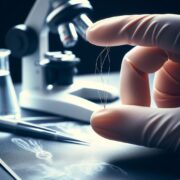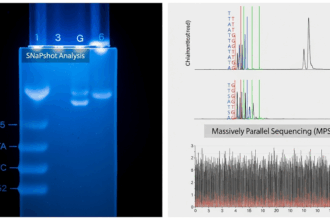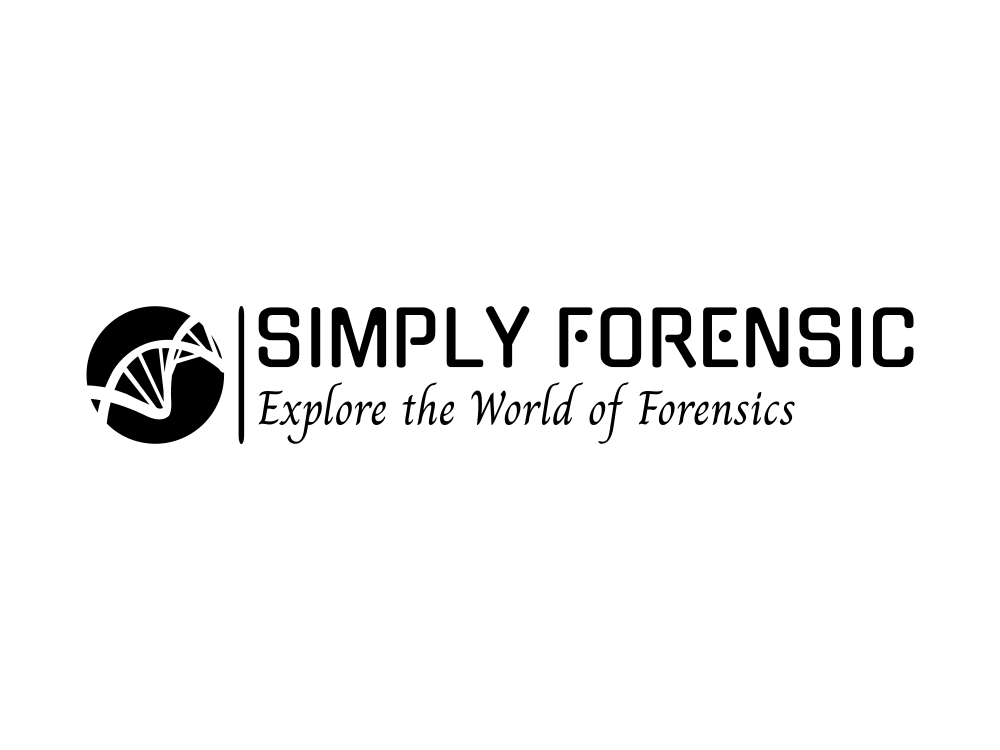Introduction
In the realm of crime investigation and court proceedings, the power of visual evidence

- Introduction
- The Pioneering Days of Forensic Photography
- The Fundamentals of Forensic Photography
- Navigating the Crime Scene: Essential Procedures
- Technical Factors that Matter
- Ensuring the Admissibility of Photographic Evidence
- Diverse Approaches to Crime Scene Photography
- In Conclusion: The Power of Forensic Photography
The Pioneering Days of Forensic Photography
The history of forensic photography traces back to the innovative mind of a French photographer, Alphonse Bertillon. Bertillon made a groundbreaking realization that standardization in the photographic documentation of crime scenes was necessary. He recognized that uniformity in lighting, scale, and angles was paramount for photographs to identify offenders. To address this, Bertillon advocated for using full-face photographs and anthropological studies of profiles in the identification process. His revolutionary work, encapsulated in “La Photographie Judiciaire,” published in 1890, set the stage for a scientific and precise style of identification photography.

According to Bertillon, individuals should be well-lit and photographed both full-face and in profile, with particular attention to revealing the ear. This style of photography disregards the conventions of commercial photographs. His methods, including the rigorous measurement technique and photographic standards, were swiftly adopted by states across the globe, earning him the distinction of being the inventor of the “mug shot.”
The Fundamentals of Forensic Photography
Forensic photography is grounded in seven fundamental principles that are integral to capturing compelling and informative images. These principles serve as the bedrock of the art:
1. Pattern: The strategic arrangement of elements within the frame to create a visually engaging composition.
2. Balance: The art of achieving equilibrium within the photograph to ensure that no single element dominates the narrative.
3. Negative Space: The skillful use of empty spaces in the image to enhance the subject’s prominence.
4. Grouping: Organizing subjects and evidence within the frame to effectively convey their relationships.
5. Closure: Creating a sense of completeness within the image, allowing the viewer to connect the visual elements.
6. Colour: The purposeful use of color to convey meaning, elicit emotions, and enhance visual clarity.
7. Light/Shadow: The skillful manipulation of light and shadow to create a dramatic and evocative impact within the photograph.
When mastered, these principles elevate the quality and effectiveness of forensic images, making them not just evidence but compelling visual narratives.
Navigating the Crime Scene: Essential Procedures
The journey of capturing a crime scene through the lens of forensic science photography is a meticulous process. Before the first shot is taken, several critical steps must be executed to ensure that the crime scene photographs accurately depict the scene and the evidence it holds:
1. Securing the Scene: The crime scene’s integrity is paramount. Any changes to the scene after photographs have been taken can render the evidence questionable. Therefore, the initial step is to secure the scene precisely as it is found.
2. Assessing the Situation: Thoroughly evaluating light and weather conditions is essential. The forensic photographer must be prepared to modify camera settings as necessary to accommodate changing conditions.
3. Recording the Scene: The photographer’s skill is evident in their ability to capture the complete scenario. This involves using wide shots to establish context and close-up photographs to highlight the relationship between evidence and its surroundings.
4. Photographing the Victims: Victims’ location, injuries, and state are critical. Forensic photographs are often used to corroborate witness testimonies, and the images must provide a clear and detailed record.
5. Photographing the Evidence: Each piece of evidence must be documented meticulously. It should be photographed with a scale to indicate its size and without a scale to illustrate its relationship to the overall scene. Photos should be taken straight at right angles to avoid potential distance distortions.
6. Placing Evidence Markers: The placement of evidence markers is essential to preserving the scene’s integrity. The first shot of the entire scene with these markers is crucial to ensure no tampering has occurred.
7. Specialized Imaging Methods: In some cases, additional lighting sources such as lasers, blue or green lights, and colored filters are employed to reveal latent evidence like fingerprintsFingerprint, impression made by the papillary ridges on the ends of the fingers and thumbs. Fingerprints afford an infallible means of personal identification, because the ridge arrangement on every finger of every human being is Read Full Definition, bite marks, or footprints. Infrared photography and fingerprint imaging are also valuable techniques in forensic science photography.
Technical Factors that Matter
To produce impeccable forensic photographs, mastery of various technical factors is essential. These elements include:
1. Shutter Speed: The duration for which the camera’s sensor or film is exposed to light. It significantly affects the clarity and sharpness of the image.
2. Aperture: The size of the lens opening controls the amount of light entering the camera and influences the depth of field in the image.
3. Camera International Standards Organisation (ISO): This setting determines the camera’s sensitivityIn the context of laboratory equipment or analytical techniques, the term "sensitive" describes the capability of a machine or method to detect even very small amounts or concentrations of a substance. Sensitivity is a quantitative Read Full Definition to light, which is crucial for adapting to different lighting conditions.
4. Flash or External Light Source: Depending on the circumstances, using flash or external lighting sources is essential for proper illumination, especially in low-light conditions.
5. Depth of Field: This setting determines the range of focus in the image, influencing which parts of the image are sharp and which are blurred.
6. Exposure: Balancing the amount of light that hits the camera sensor is crucial for creating well-exposed images.
Modern crime scene photographers often use digital cameras for their work, which allows for immediate review and image enhancement techniques to be applied when necessary.
Ensuring the Admissibility of Photographic Evidence
For forensic photographs to be admissible as courtroom evidence, several crucial measures must be implemented:
- Date and Scale of Reference: In images featuring injuries or evidence, it is essential to include a reference scale for accurate size assessment.
- Establishing Authenticity: To prove the authenticity of a photograph, two critical actions must be taken. First, record every step from the moment the image is captured until it is presented in court. Second, trademark the captured image to demonstrate its uniqueness.
- Chain of Evidence (COE) Procedure: A meticulously recorded chain of custodyChain of custody - The process used to maintain and document the chronological history of the evidence. Documents record the individual who collects the evidence and each person or agency that subsequently takes custody of Read Full Definition detailing the source, use, storage, and processing of evidence is imperative for ensuring the credibility of photographic evidence.
- Photographic Evidence Protection: To safeguard the integrity of photographic evidence, images must be stored with stringent password protection and limited access. Backup copies can be maintained on specialized hard drives, and physical copies may be transferred to CD-Rs, which should be kept in a secure cabinet with restricted access.
Diverse Approaches to Crime Scene Photography
Forensic photographers employ three distinct approaches to capture crime scenes and evidence:
1. Overview Photography Forensics: This style aims to provide a comprehensive view of the crime scene, often taken from the corners or perimeters to encapsulate the entire scene.
2. Mid-range Photographs: In mid-range photography, a piece of evidence is shown within the context of the crime scene. This technique emphasizes the relative positioning of the evidence.
3. Close-up Photographs: Close-up photography is essential for capturing fine details. It involves a closely cropped image that provides a highly detailed view of a subject or item.
The Crucial Role of Forensic Photography
Forensic photography holds immense significance throughout the process of investigation and legal proceedings:
- Reconstruction of the Crime Scene: The detailed images captured through forensic photography aid investigators in reconstructing the sequence of events, contributing to a comprehensive understanding of the case. Photographic reconstruction is a powerful tool in crime scene analysis.
- Courtroom Acceptance: Forensic images are considered admissible evidence in legal proceedings, often playing a pivotal role in courtrooms.
- Evidence for Investigators: These images provide critical information to crime scene investigators who may not have been present at the scene, enabling them to form a clear picture of the situation.
In Conclusion: The Power of Forensic Photography
Forensic photography is more than a technical skill; it bridges the visual and legal domains. This form of photography serves as a powerful tool for crime scene documentation, preserving, and presenting critical evidence. With technological advancements and unwavering attention to detail, forensic photography empowers investigators and plays a crucial role in the pursuit of justice. The role of a forensic photographer extends beyond mere documentation; they are essential contributors to the field of forensic science, helping to unravel complex cases and bring criminals to justice.owers investigators and plays a crucial role in the pursuit of justice.










